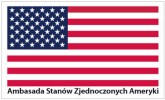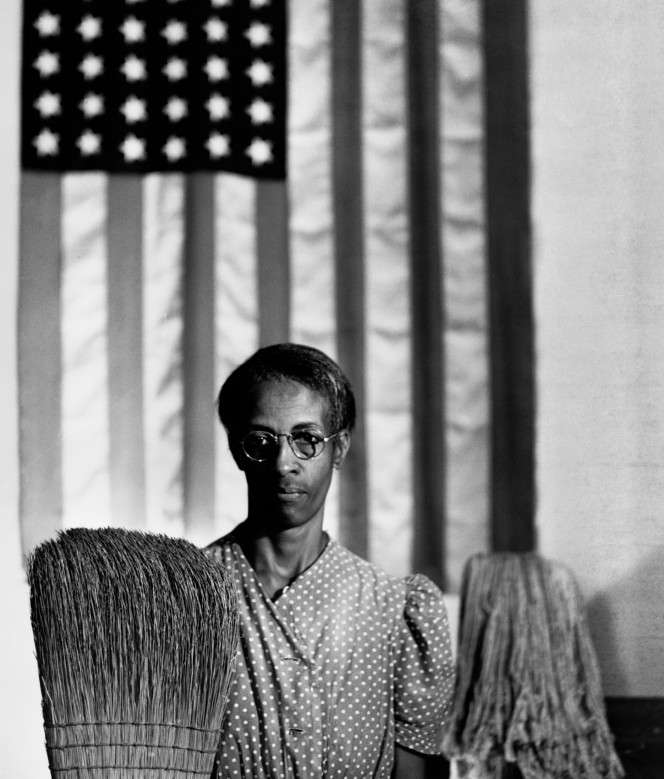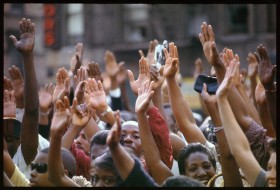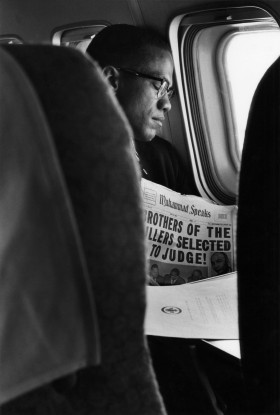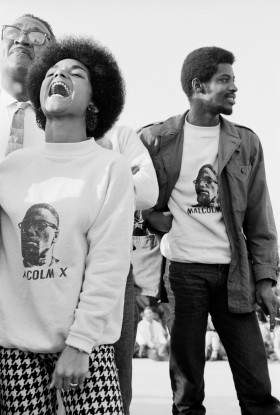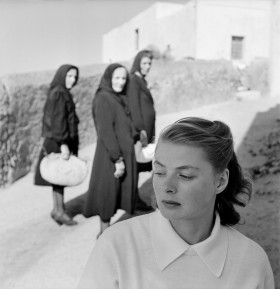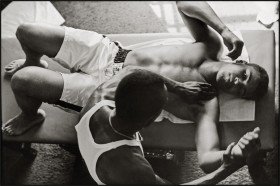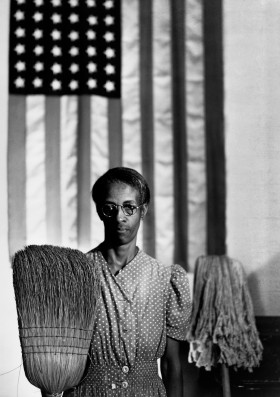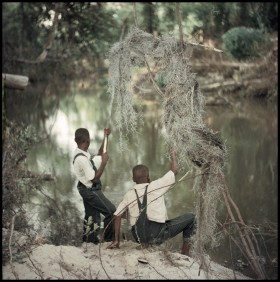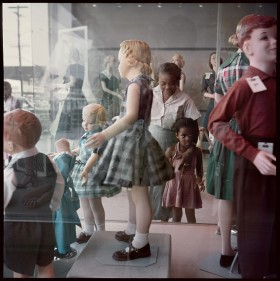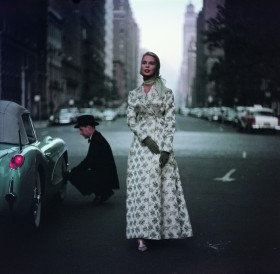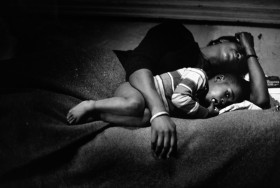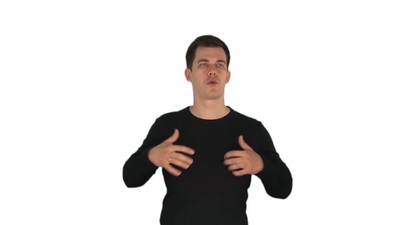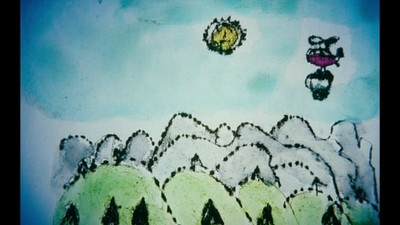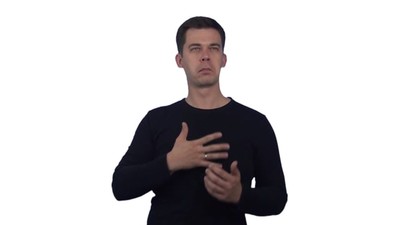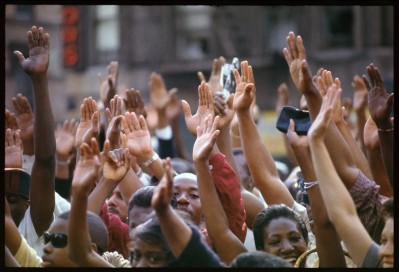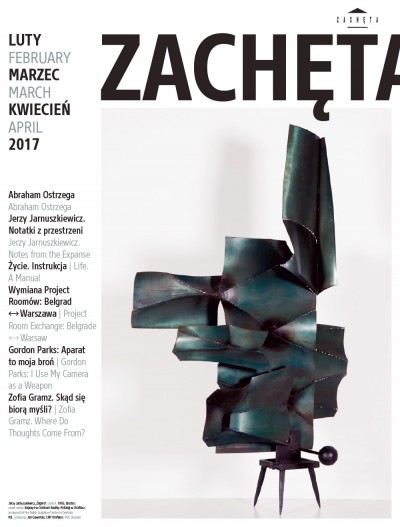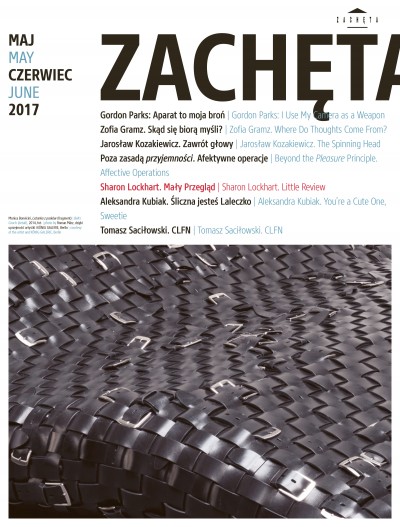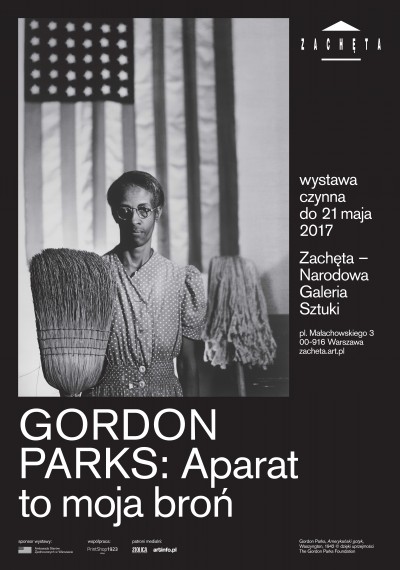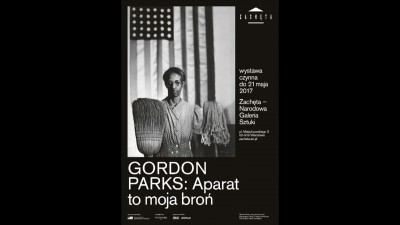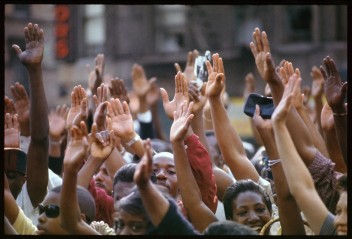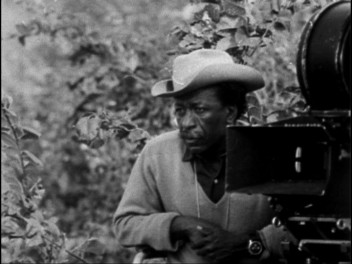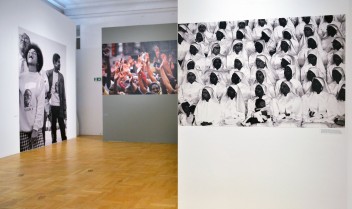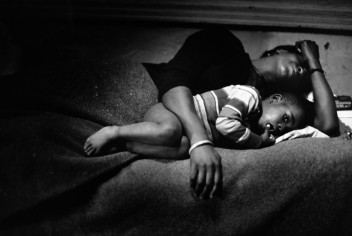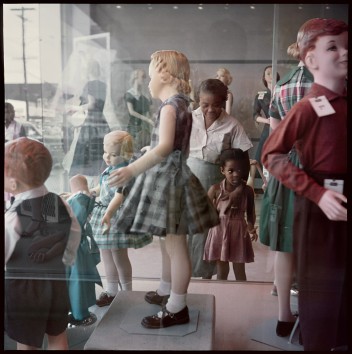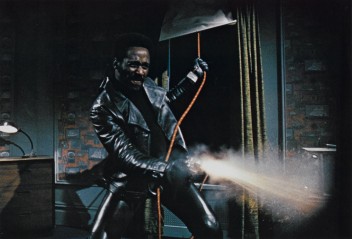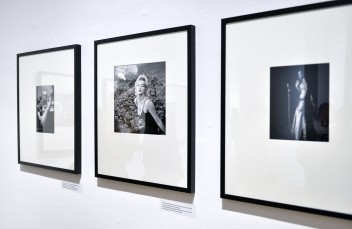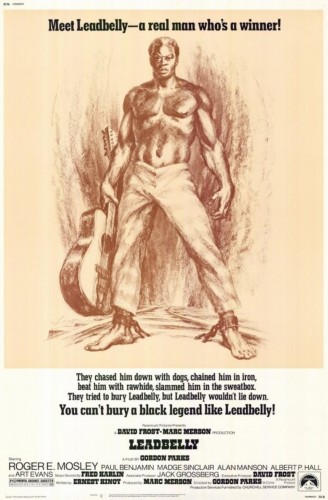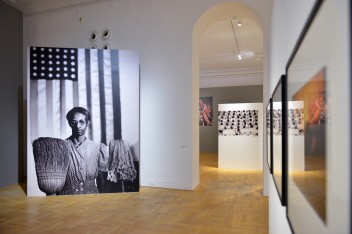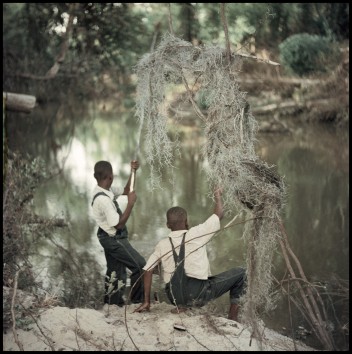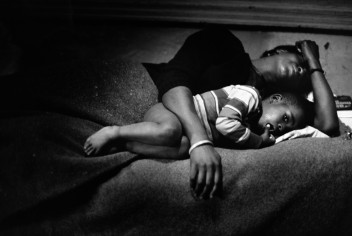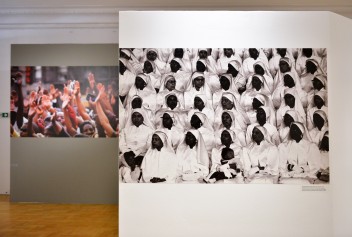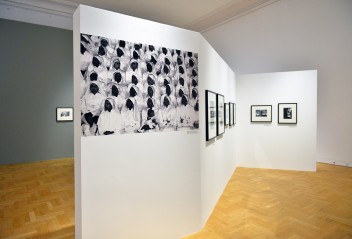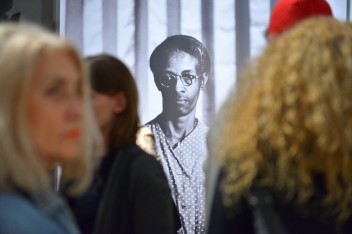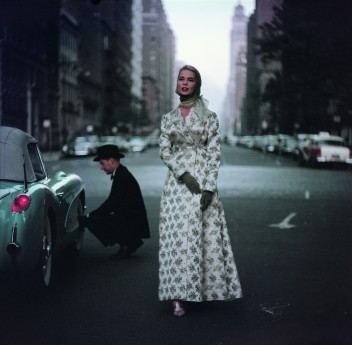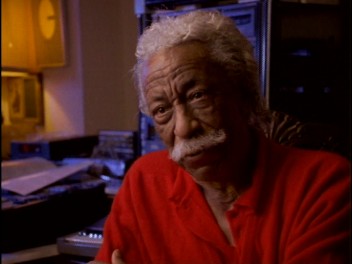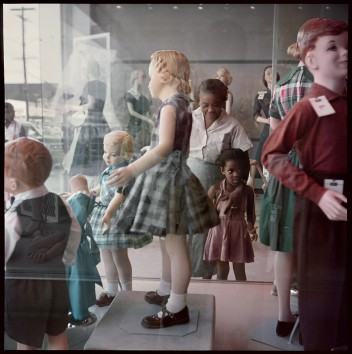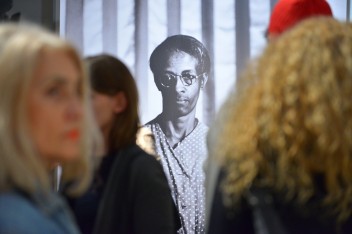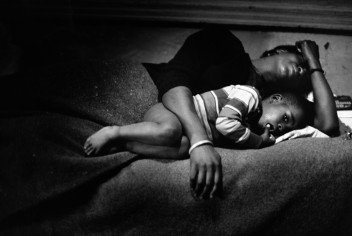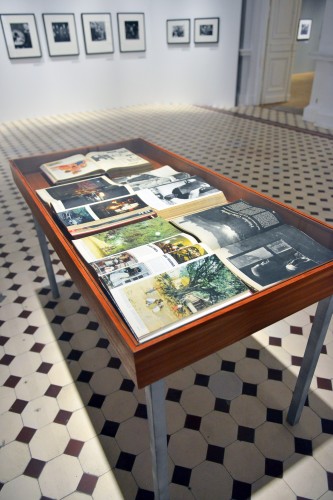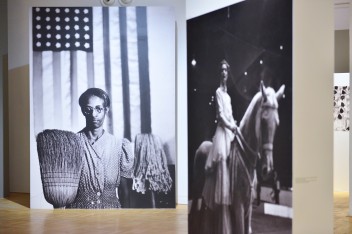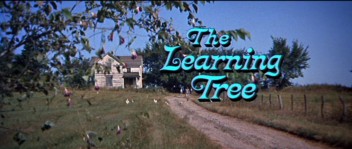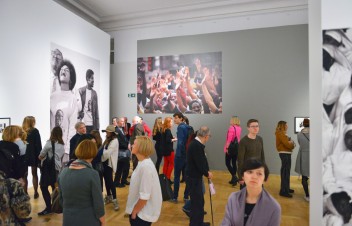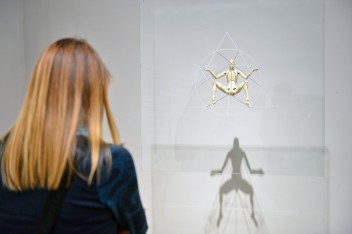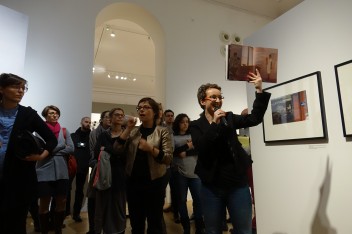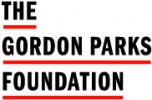Gordon Parks: I Use My Camera as a Weapon
18.03 – 21.05.2017 Gordon Parks: I Use My Camera as a Weapon
Zachęta – National Gallery of Art
curator: Joanna Kinowska
The title of the exhibition I Use My Camera as a Weapon is a quotation from Parks’ first and most important published writing, A Choice of Weapons. That title is the key to his life philosophy and it has to do with choosing your tools precisely in order to reach your goals. It also refers to a form of activism and the struggle for social equality.
Looking at his photographs several decades after they were first published, one wonders about the kind of photojournalist he was. How did he select his subjects? What was his approach when photographing people and how did he treat his subjects? This exhibition presents a selection of 80 photographs by Parks. Some of them are iconic, some are lesser known. As a photographer, he was first of all a humanist, a concerned human being. “I had chosen my camera as a tool of social consciousness. Common sense told me I had to have sufficient understanding of what was right or wrong, otherwise that camera could eventually become my own enemy.”
Gordon Parks may be considered a true incarnation of the American myth of a self-made man. Born as the fifteenth child of Mr. and Mrs. Parks, he had to fight for survival, for jobs, for means to support his family, and finally he fought for African American civil rights. He lived 93 years and witnessed change, both on a macro and micro scale. Pathos is unavoidable when speaking about the first black photographer to be hired by such magazines as Life or Vogue. He was a writer, a poet, a composer and a Hollywood director. He published several memoirs, in which he stressed the importance of becoming a “somebody”: a rightful citizen of the United States, a respected man, but also respectful of other people.
Parks’ engagement in the struggle for social equality was appreciated by both sides. He would engage with his subjects on a long-term basis, witnessing their everyday lives. He aimed for authenticity. His photographs were later presented in the most important illustrated magazine in the world. However, it was a body of work about New York City's crime that got him the attention of Life's editors. Parks was allowed to enter the lives of black people with ease. He was close and understood the community and he was competent in showing their greatest struggles to white people. This is also what Roy Stryker, the head of documentary photography in the Farm Security Administration (FSA) project, fought for. He was the man who taught Parks lessons on visual storytelling and ultimately formed him as a photographer. He was the one who suggested to Parks to approach Ella Watson, a janitor at the FSA building. The photograph he took of her resembles the famous painting by Grant Wood entitled American Gothic, and it eventually became one of the most important photographs of the 20th century.
This exhibition follows the organizational principle Parks introduced in his own archives. The chronological order is at times interrupted by thematic coherency. Chronology and narrative, when presented side by side, reveal the photographer’s unique ability to feel comfortable in extreme social circumstances. That same kind of sensibility was at work when he was portraying the beggar in Estoril, Portugal, and the countess in Paris. He had his preferred way of working, his storytelling devices, his favorite ways of seeing and framing the world. He has learned the lessons of modernism, which are particularly noticeable in his early works, but his legacy is not one of style. It’s the focus on people that's at the core of his work. “At times, especially in the adolescence of my career, I allowed my camera to pass judgment upon people without first taking time to understand them. I took refuge in the erroneous adage that ‘a photograph never lies.’ Since then, I have learned that what a man is does not always show on the face he wears. Usually there’s a deeper truth submerged inside, often imprisoned by his most constant enemy — himself.”
Looking at Gordon Parks’ photographs today, the faith in the image and its meaning is restored. These photographs approximate the history of the 20th century, a history of transformations that took place not only in the United States. However, the right context is crucial for understanding them. Most importantly, they require engagement and curiosity on the part of the viewer. Throughout his life, Parks was fighting against prejudice and proved even the smallest change is worth the effort. We do have a choice. All we need to do is to make it.
Gordon Parks, American Gothic, Washington, D.C., 1942 © Courtesy of and copyright The Gordon Parks Foundation
Gordon Parks: I Use My Camera as a Weapon
18.03 – 21.05.2017
Zachęta – National Gallery of Art
pl. Małachowskiego 3, 00-916 Warsaw
See on the map
Godziny otwarcia:
Tuesday – Sunday 12–8 p.m.
Thursday – free entry
ticket office is open until 7.30 p.m.
The United States Embassy in Poland is the sponsor of the exhibition "Gordon Parks: I Use My Camera as a Weapon":
